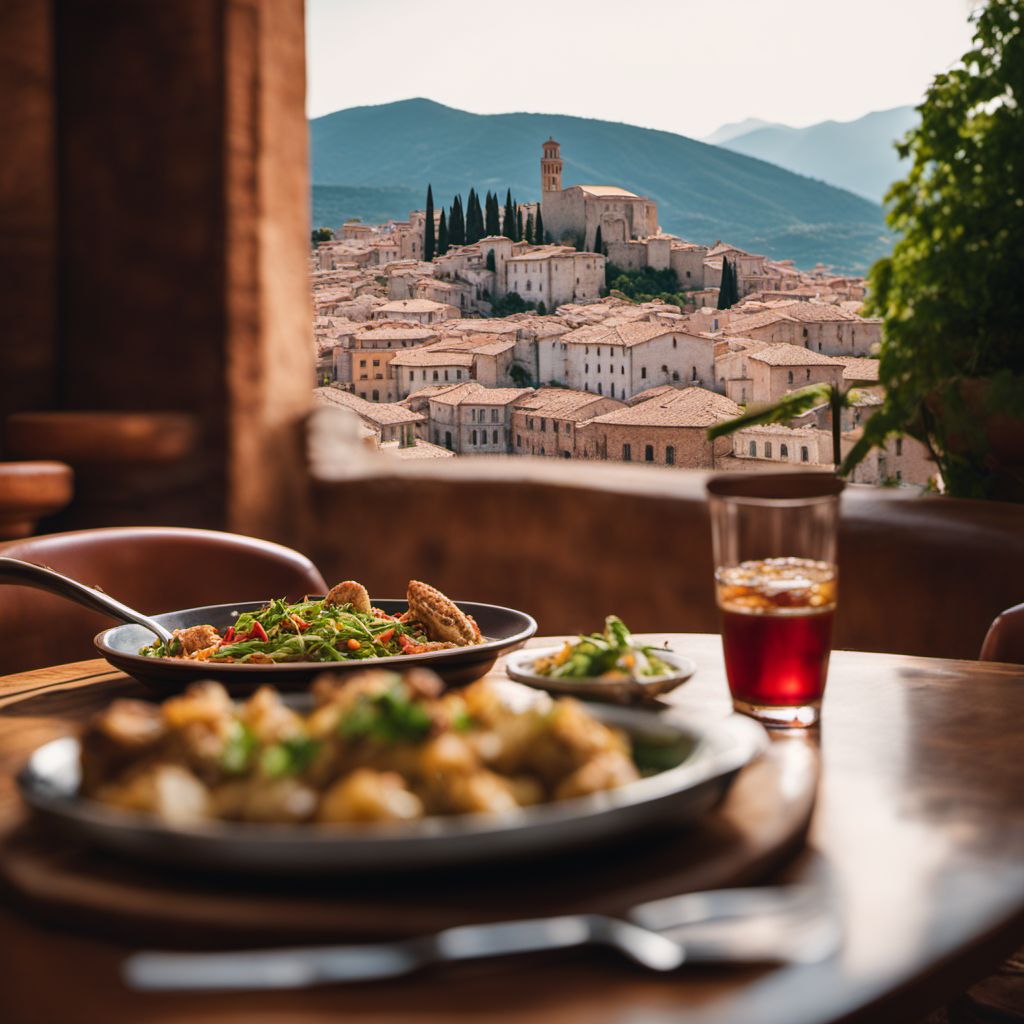
Cuisine
Abruzzese and Molisan cuisine
Abruzzese and Molisan cuisine is heavily influenced by the region's geography, with dishes featuring ingredients such as lamb, pork, and seafood. The cuisine is also known for its use of simple, rustic ingredients such as beans, potatoes, and wild greens.
Typical ingredients
Lamb, Pork, Seafood, Beans, Potatoes, Wild greens, Tomatoes, Garlic, Olive oil, Rosemary, Sage, Oregano
Presentation and garnishing
Abruzzese and Molisan dishes are often presented simply, with minimal garnishing. However, fresh herbs such as rosemary and sage are commonly used as a finishing touch.
The region is known for its production of high-quality olive oil and wine.
More cuisines from this region...
Sicilian cuisine, Venetian cuisine, Tuscan cuisine, Neapolitan cuisine, Apulian cuisine, Sardinian cuisine, Lombard cuisine, Ligurian cuisine, Roman cuisine, Basilicatan (Lucanian) cuisine
History
Abruzzese and Molisan cuisine has a long history, dating back to ancient times. The region has been influenced by various cultures throughout history, including the Greeks, Romans, and Normans. The cuisine as we know it today began to take shape during the Middle Ages, with the emergence of regional specialties and the use of local ingredients.
Cultural significance
Abruzzese and Molisan cuisine is deeply ingrained in the region's culture, with food playing a central role in family gatherings and celebrations. The cuisine is also celebrated worldwide, with Abruzzese and Molisan restaurants and dishes being popular in many countries.
Health benefits and considerations
Abruzzese and Molisan cuisine is generally considered to be healthy, with an emphasis on fresh, seasonal ingredients. However, some dishes can be high in fat and calories, particularly those featuring pork and lamb.
Abruzzese and Molisan cuisine recipes Browse all »
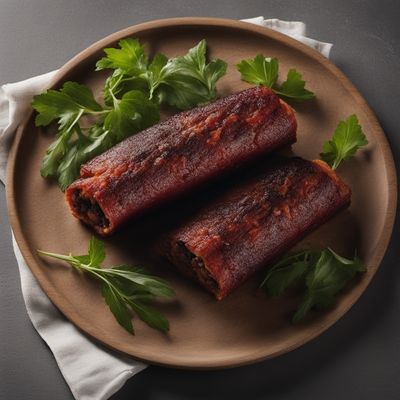
Bocadillo di Sanguinaccio
Savory Blood Sausage Sandwich with a Twist

Bacalhau alla Gomes de Sá
Mediterranean Delight: Bacalhau alla Gomes de Sá
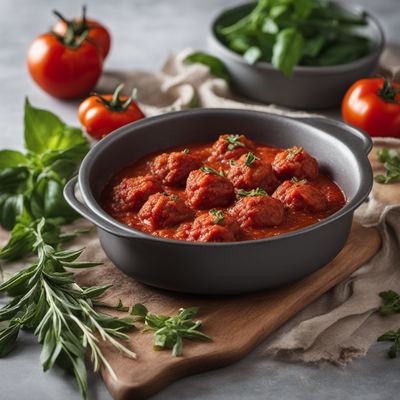
Spicy Meatballs with Tomato Sauce
Fiery Polpette with Tangy Tomato Sauce
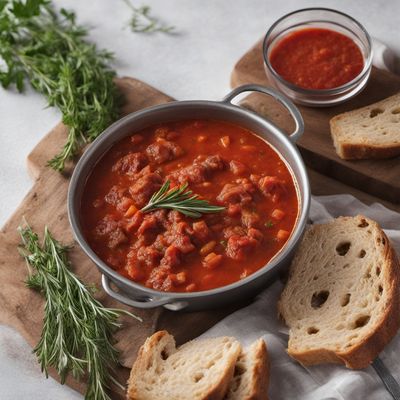
Guargüeros Abruzzese-style
Hearty Guargüeros: A Taste of Abruzzese Comfort
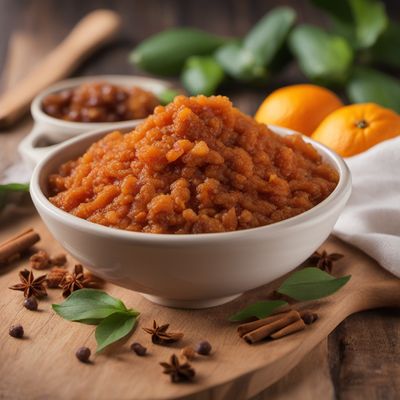
Lokma alla Molisana (Molisan-style Lokma)
Deliciously Sweet and Fluffy Molisan Lokma: A Taste of Abruzzese and Molisan Cuisine
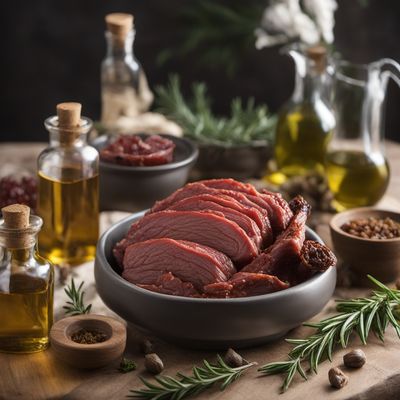
Lički nabod alla Abruzzese
Savory Croatian Skewers with an Italian Twist

Stuffed Pork Tenderloin Abruzzese-style
Tender and Flavorful: Stuffed Pork Tenderloin Abruzzese-style
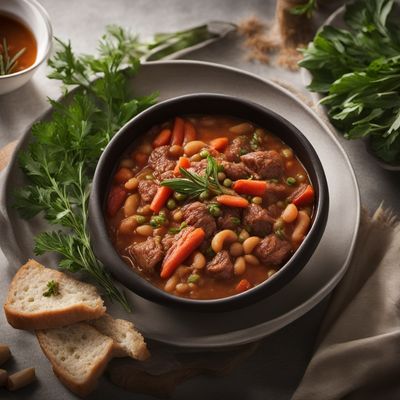
Etli Fagioli Freschi
Savory Meat and Fresh Bean Stew
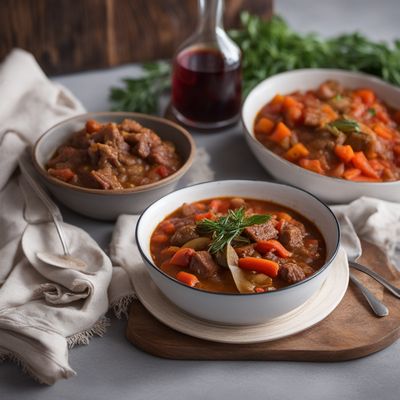
Abruzzese and Molisan-inspired Burgoo
Hearty Abruzzese and Molisan Burgoo: A Taste of Italian Comfort

Rustic Radicchio and Bean Stew
Hearty Bean and Radicchio Delight
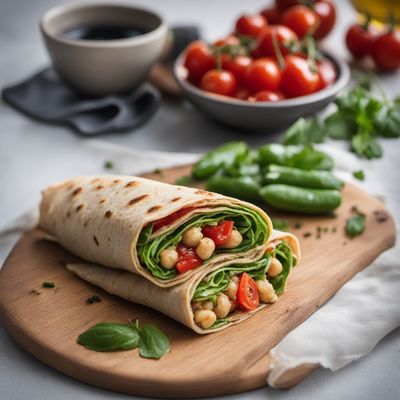
Chickpea Wrap with Abruzzese and Molisan Flavors
Mediterranean Delight: Abruzzese and Molisan Chickpea Wrap
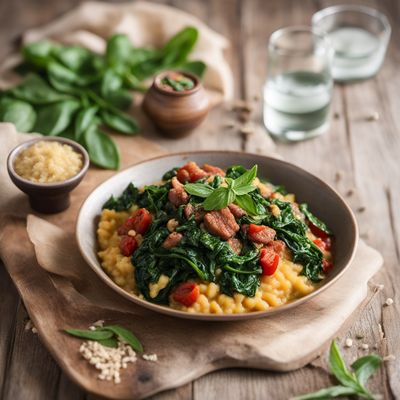
Ifisashi with a Twist: A Fusion of Zambian and Abruzzese-Molisan Flavors
Savory Spinach Stew with Italian Charm: Ifisashi Abruzzese-Molisan Style